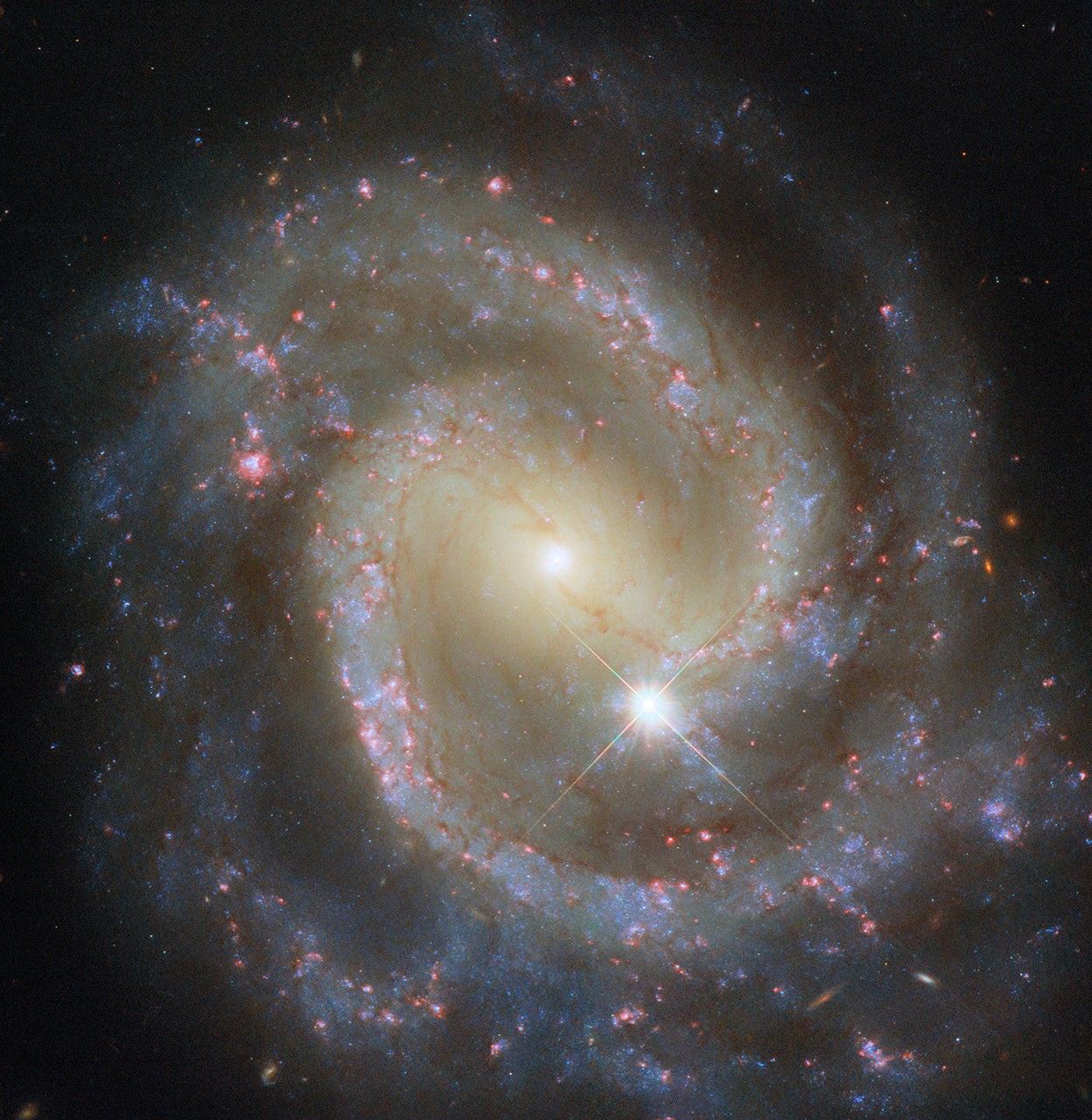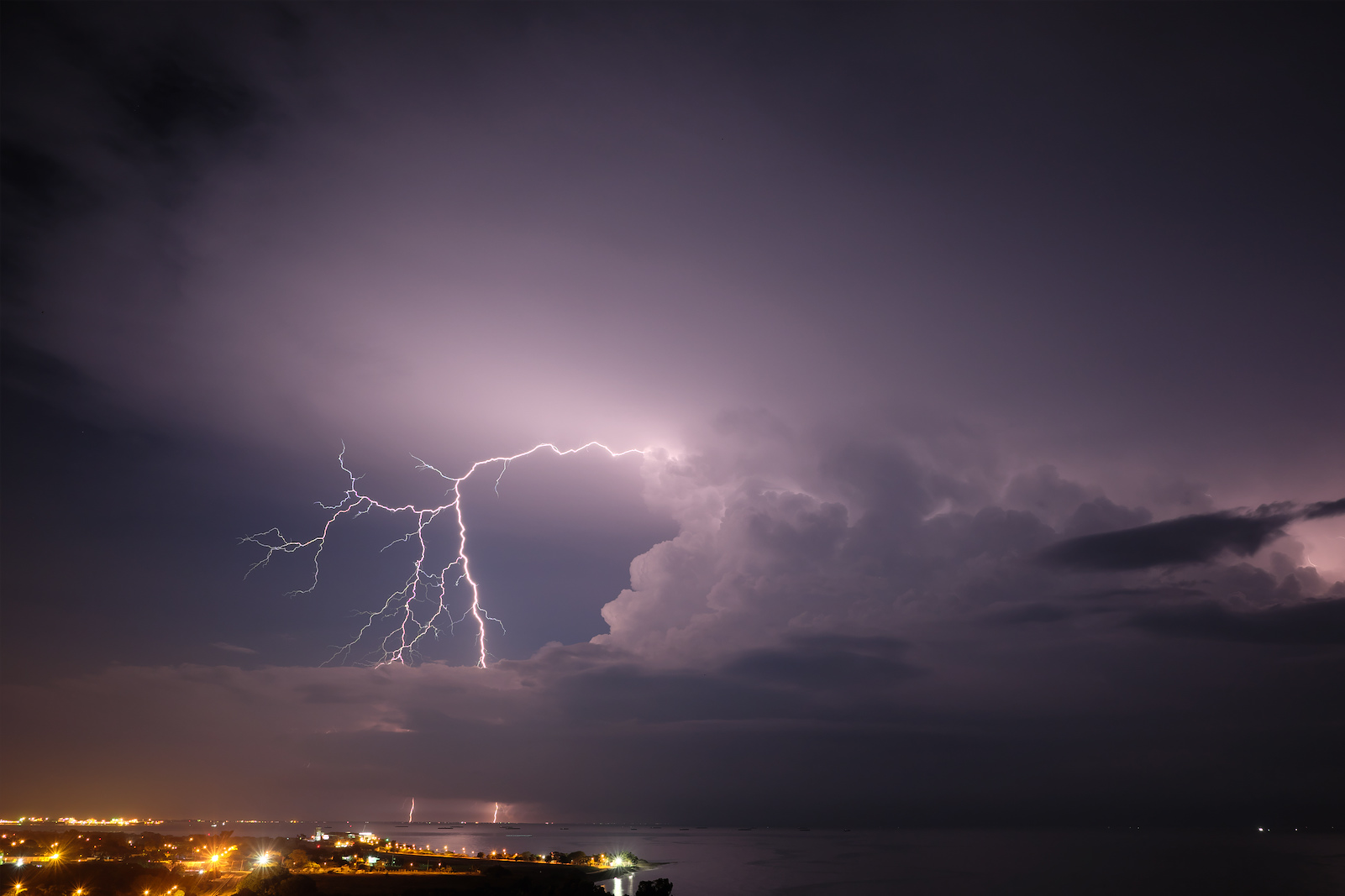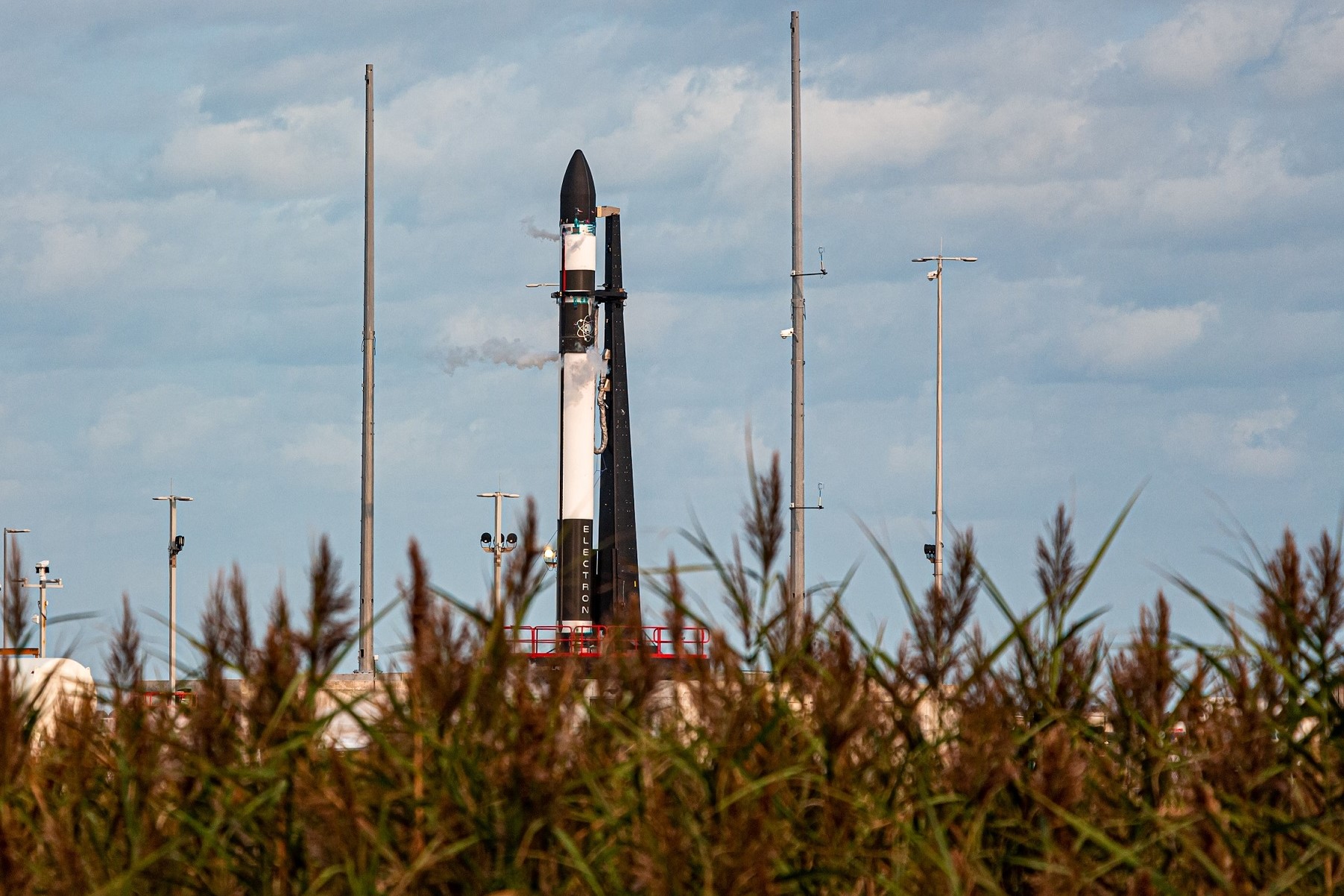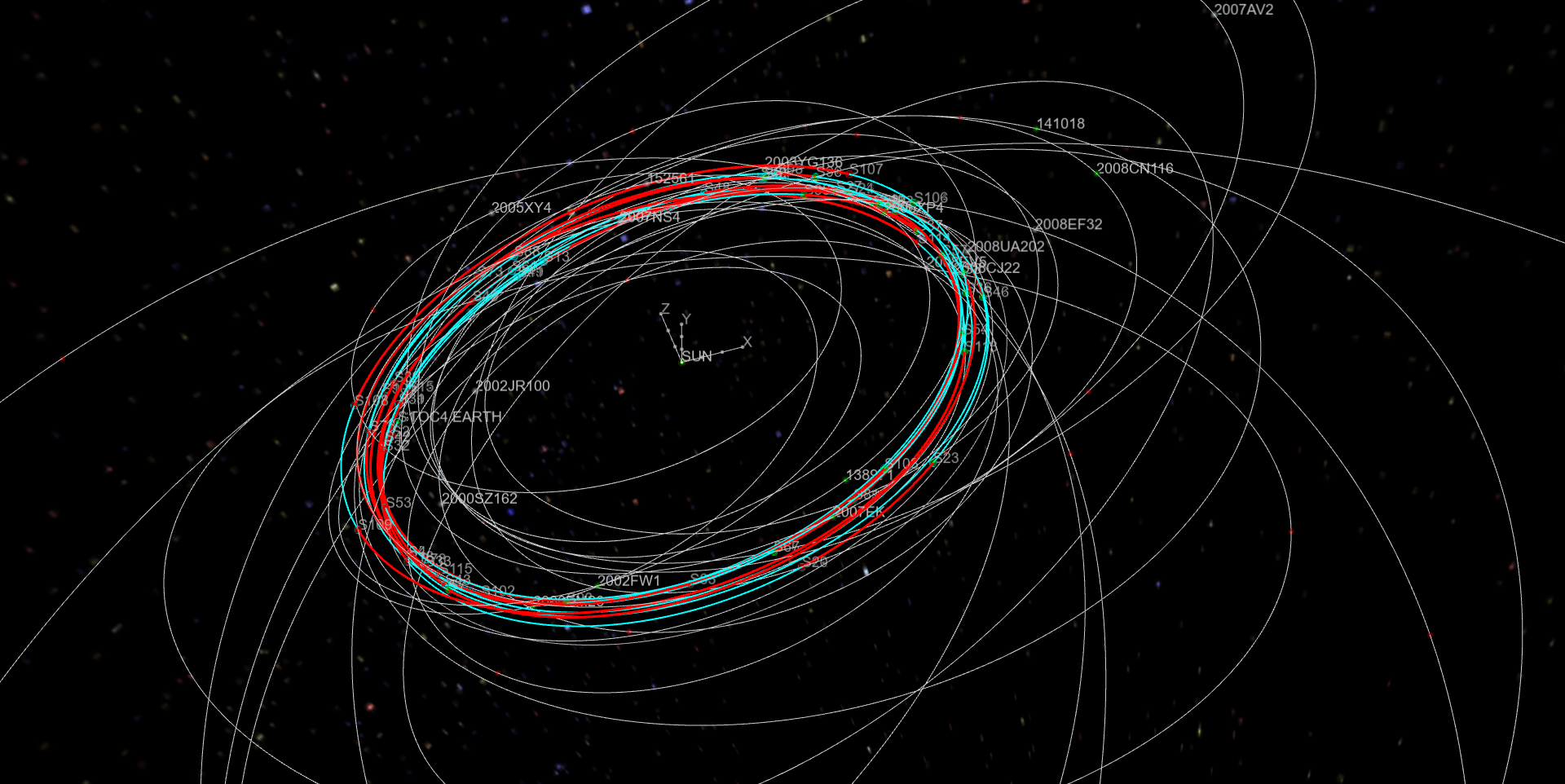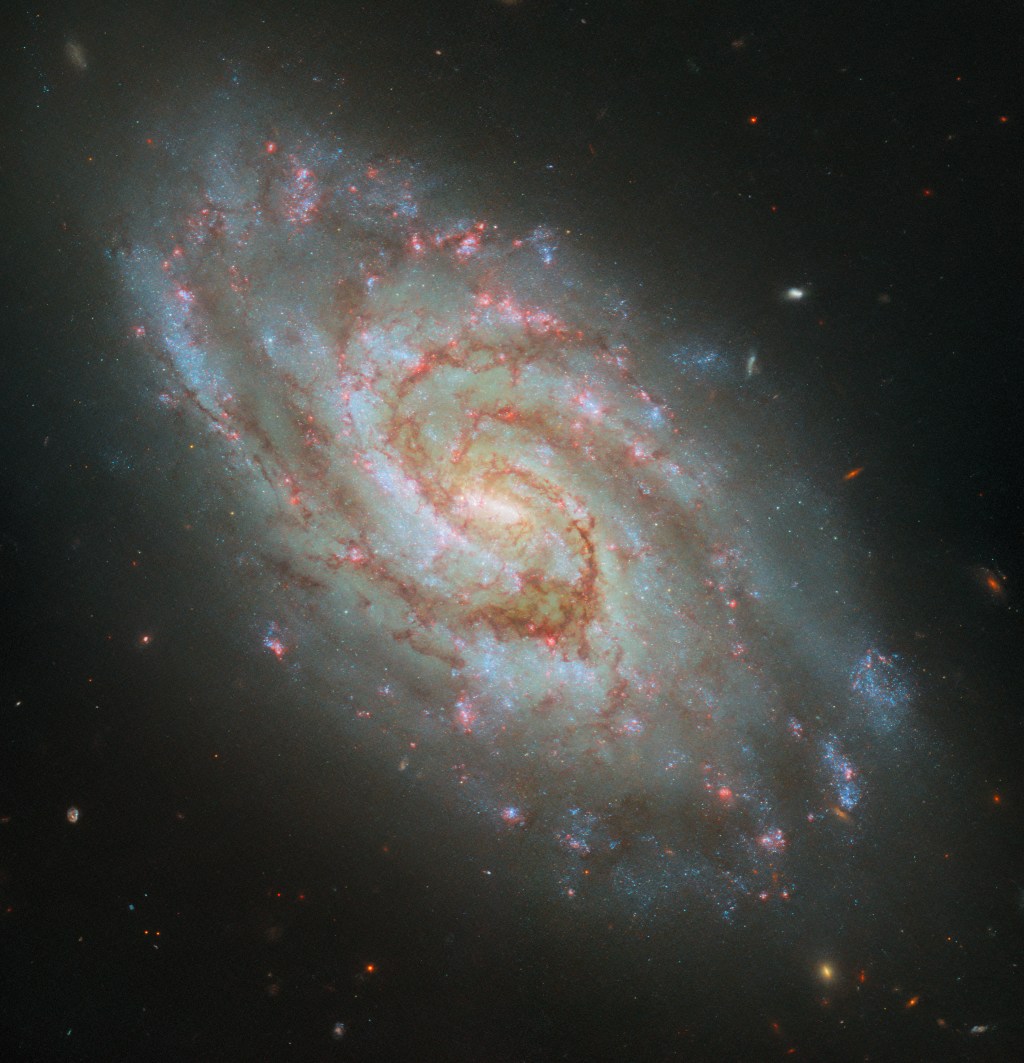Via NASA Plane, Scientists Find New Gamma-ray Emission in Storm Clouds
There’s more to thunderclouds than rain and lightning. Thunderclouds can produce intense bursts of gamma rays.

4 min read
Via NASA Plane, Scientists Find New Gamma-ray Emission in Storm Clouds
There’s more to thunderclouds than rain and lightning. Along with visible light emissions, thunderclouds can produce intense bursts of gamma rays, the most energetic form of light, that last for millionths of a second. The clouds can also glow steadily with gamma rays for seconds to minutes at a time.
Researchers using NASA airborne platforms have now found a new kind of gamma-ray emission that’s shorter in duration than the steady glows and longer than the microsecond bursts. They’re calling it a flickering gamma-ray flash. The discovery fills in a missing link in scientists’ understanding of thundercloud radiation and provides new insights into the mechanisms that produce lightning. The insights, in turn, could lead to more accurate lightning risk estimates for people, aircraft, and spacecraft.
Researchers from the University of Bergen in Norway led the study in collaboration with scientists from NASA’s Marshall Space Flight Center in Huntsville, Alabama, and NASA’s Goddard Space Flight Center in Greenbelt, Maryland, the U.S. Naval Research Laboratory, and multiple universities in the U.S., Mexico, Colombia, and Europe. The findings were described in a pair of papers in Nature, published Oct. 2.
The international research team made their discovery while flying a battery of detectors aboard a NASA ER-2 research aircraft. In July 2023, the ER-2 set out on a series of 10 flights from MacDill Air Force Base in Tampa, Florida. The plane flew figure-eight flight patterns a few miles above tropical thunderclouds in the Caribbean and Central America, providing unprecedented views of cloud activity.
The scientific payload was developed for the Airborne Lightning Observatory for Fly’s Eye Geostationary Lightning Mapper Simulator and Terrestrial Gamma-ray Flashes (ALOFT) campaign. Instrumentation in the payload included weather radars along with multiple sensors for measuring gamma rays, lightning flashes, and microwave emissions from clouds.
The researchers had hoped ALOFT instruments would observe fast radiation bursts known as terrestrial gamma-ray flashes (TGFs). The flashes, first discovered in 1992 by NASA’s Compton Gamma Ray Observatory spacecraft, accompany some lightning strikes and last only millionths of a second. Despite their high intensity and their association with visible lightning, few TGFs have been spotted during previous aircraft-based studies.
“I went to a meeting just before the ALOFT campaign,” said principal investigator Nikolai Østgaard, a space physicist with the University of Bergen. “And they asked me: ‘How many TGFs are you going to see?’ I said: ‘Either we’ll see zero, or we’ll see a lot.’ And then we happened to see 130.”
However, the flickering gamma-ray flashes were a complete surprise.
“They’re almost impossible to detect from space,” said co-principal investigator Martino Marisaldi, who is also a University of Bergen space physicist. “But when you are flying at 20 kilometers [12.5 miles] high, you’re so close that you will see them.” The research team found more than 25 of these new flashes, each lasting between 50 to 200 milliseconds.
The abundance of fast bursts and the discovery of intermediate-duration flashes could be among the most important thundercloud discoveries in a decade or more, said University of New Hampshire physicist Joseph Dwyer, who was not involved in the research. “They’re telling us something about how thunderstorms work, which is really important because thunderstorms produce lightning that hurts and kills a lot of people.”
More broadly, Dwyer said he is excited about the prospects of advancing the field of meteorology. “I think everyone assumes that we figured out lightning a long time ago, but it’s an overlooked area … we don’t understand what’s going on inside those clouds right over our heads.” The discovery of flickering gamma-ray flashes may provide crucial clues scientists need to understand thundercloud dynamics, he said.
Turning to aircraft-based instrumentation rather than satellites ensured a lot of bang for research bucks, said the study’s project scientist, Timothy Lang of NASA’s Marshall Space Flight Center in Huntsville, Alabama.
“If we had gotten one flash, we would have been ecstatic — and we got well over 100,” he said. This research could lead to a significant advance in our understanding of thunderstorms and radiation from thunderstorms. “It shows that if you have the right problem and you’re willing to take a little bit of risk, you can have a huge payoff.”
By James Riordon
NASA’s Earth Science News Team
Share
Details
Related Terms
What's Your Reaction?



















.jpg?#)












